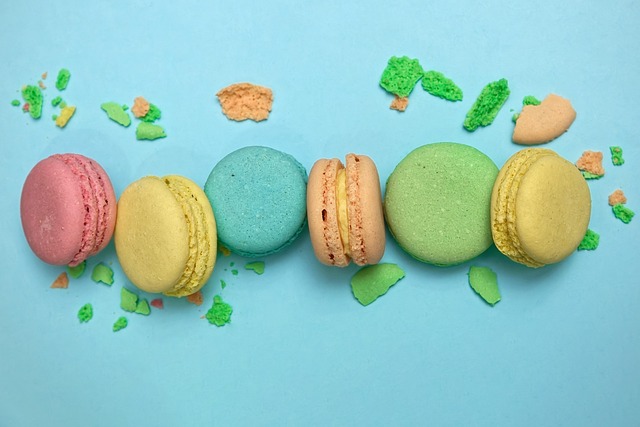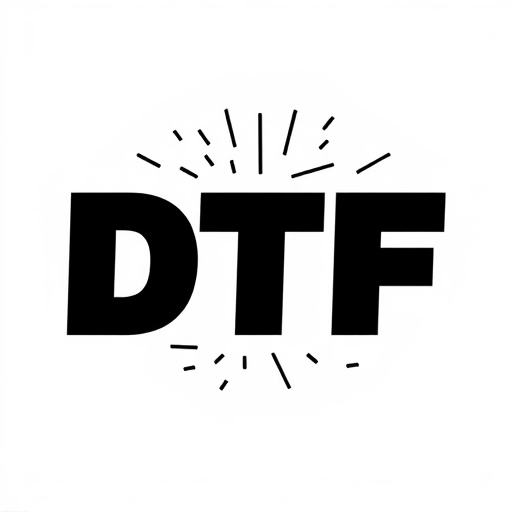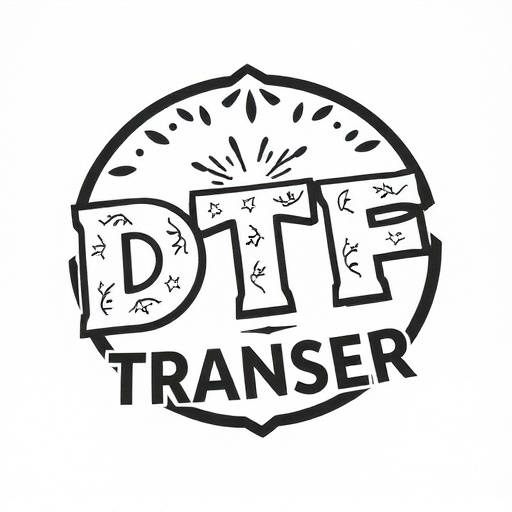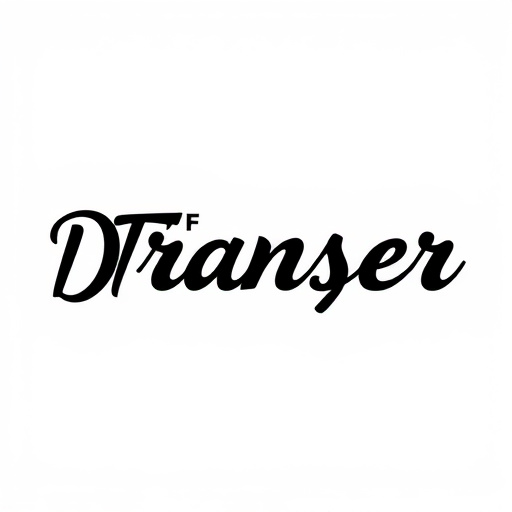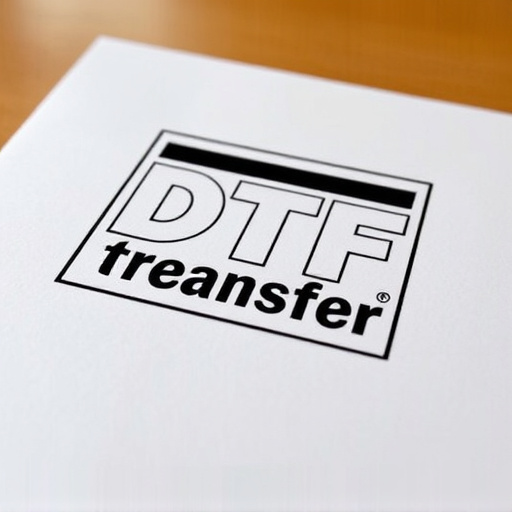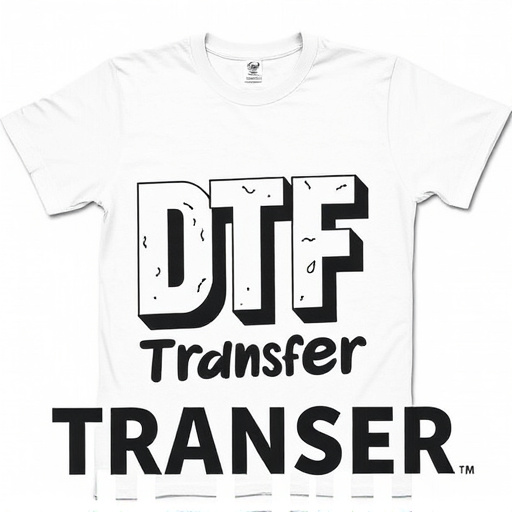Direct-to-Fabric (DTF) transfer technology has revolutionized printing on polyester fabrics, offering high-quality, vibrant prints with efficient production. Using specialized inks that undergo a phase change during printing, DTF fuses with the fabric fibers, ensuring durability. Its elimination of intermediate steps and ability to handle intricate designs make it ideal for fashion, sportswear, and promotional merchandise. The process involves careful consideration of transfer material composition and interaction with polyester's surface to achieve optimal color reproduction and adhesion. Quality control is crucial for consistent, defect-free prints. DTF's versatility and popularity continue to grow across various industries demanding advanced customization and fast turnaround times.
Discover the revolutionary power of DTF (Direct-to-Fabric) Transfer Technology in transforming polyester fabrics into vibrant canvases. This article delves into the intricate process and science behind DTF Printing, exploring how it achieves exceptional DTF Transfers with superior adhesion to polyester. From its benefits for fabric decoration to key formulation considerations, we uncover the secrets to ensuring high-quality, durable DTF Prints. Unveiling diverse applications and trends, this guide highlights why DTF Transfer is a game-changer in the textile industry.
- Understanding DTF Transfer Technology
- The Science Behind Adhesion to Polyester Fabrics
- Benefits of DTF Printing for Fabric Decoration
- Key Considerations in DTF Transfer Formulation
- Ensuring Quality and Durability in DTF Prints
- Applications and Trends in DTF Fabric Printing
Understanding DTF Transfer Technology
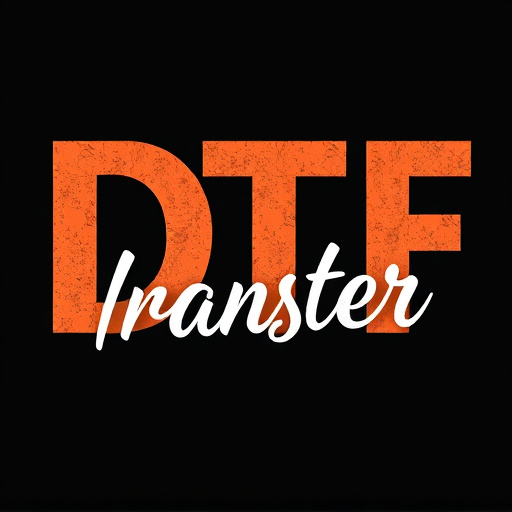
The Direct-to-Fabric (DTF) transfer process is a game-changer in the printing industry, offering a highly efficient method for applying designs directly onto polyester fabrics. This technology has revolutionized custom apparel and textile design, enabling intricate and vibrant prints on a variety of products. DTF involves a precise application of ink through a thermal printhead, which fuses the dye into the fabric fibers, resulting in long-lasting, high-quality DTF prints.
Unlike traditional printing methods, DTF eliminates the need for intermediate steps like film or plate preparation. It directly transfers the design from digital files to the fabric, making it an ideal solution for on-demand printing and rapid prototyping. This technology is particularly valuable in industries where customization and quick turnaround times are essential, such as fashion, sportswear, and promotional merchandise.
The Science Behind Adhesion to Polyester Fabrics

The adhesion of film transfers to polyester fabrics is a fascinating interplay of chemistry and material science. DTF (Direct-to-Fabric) transfer, specifically designed for polyester, leverages specialized inks that undergo a phase change during the printing process. These inks contain unique adhesive properties that ensure strong bonding with the fabric’s smooth surface. The DTF Printing method involves precise application of heat and pressure, causing the ink to melt and fuse with the polyester fibers, resulting in vibrant, long-lasting DTF prints.
This attachment mechanism is crucial for achieving high-quality, durable DTF Transfer on various textiles, including complex fabrics. The science behind it ensures that designs and graphics remain intact under normal wear and tear, making DTF a popular choice for apparel, home décor, and even industrial applications.
Benefits of DTF Printing for Fabric Decoration

Direct-to-fabric (DTF) printing offers a revolutionary approach to fabric decoration, providing numerous advantages for designers and manufacturers alike. One of its key benefits is the ability to produce high-quality, vibrant prints directly on polyester fabrics, ensuring long-lasting colors and durability. This method eliminates the need for traditional screen printing techniques, streamlining the production process and reducing setup costs, especially for smaller batch sizes or custom designs.
DTF transfers are designed to adhere perfectly to polyester, allowing for intricate patterns and detailed illustrations. The direct application of ink ensures a crisp and precise finish, making it ideal for creating complex graphics, photos, and even texturing effects. This technology has revolutionized the way we personalize and enhance textiles, opening up endless possibilities for fashion, home décor, and promotional merchandise.
Key Considerations in DTF Transfer Formulation
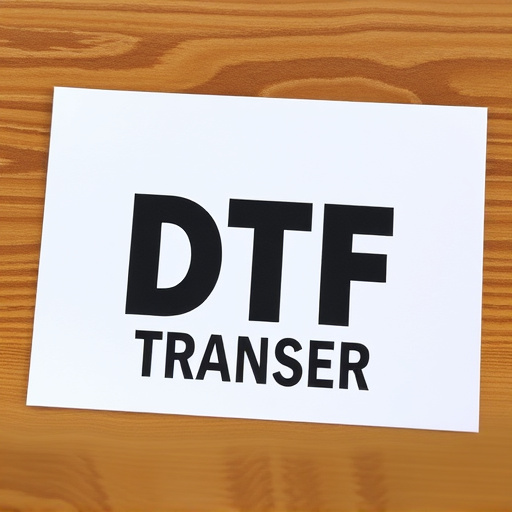
When formulating film transfers designed to adhere to polyester fabrics for DTF (Direct-to-Fabric) printing, several key considerations come into play. Firstly, the composition of the transfer material itself is paramount; it must be specifically tailored to ensure optimal adhesion to the smooth surface of polyester while maintaining vibrant and accurate color reproduction in the final prints. This involves careful selection of resins, binders, and other additives that can withstand the heat and pressure of the printing process without causing premature degradation or offsetting colors.
Additionally, understanding the interaction between the transfer film and the fabric’s surface is crucial. Polyester fabrics have unique properties that can affect adhesion, including their smooth finish and potential for static electricity buildup. Formulators must account for these factors by incorporating appropriate surfactants or other chemical treatments to enhance wetting and adherence, ensuring that the DTF prints not only look vivid but also remain securely bonded to the fabric over time, resisting flaking or peeling.
Ensuring Quality and Durability in DTF Prints

Ensuring top-quality and durable DTF (Direct to Fabric) transfers is paramount for creating long-lasting prints on polyester fabrics. The process involves intricate techniques to guarantee that colors remain vibrant, textures are retained, and the overall design integrity is preserved over time. Key factors in achieving this include using high-resolution print technology, premium inks that are resistant to fading and washing, and precise application methods that minimize ink spread or smudging.
Regular quality control checks during production play a crucial role in maintaining consistency. This includes inspecting prints for any defects, ensuring accurate color reproduction, and verifying the adherence of the DTF transfer to the polyester fabric without bubbles, wrinkles, or other imperfections. Investing in robust quality control measures leads to superior DTF prints that not only look exceptional but also withstand the test of time and frequent use.
Applications and Trends in DTF Fabric Printing

The Direct to Fabric (DTF) transfer printing process has gained significant traction in recent years due to its versatility and ability to produce high-quality, vibrant prints on a variety of fabrics. This technique, which involves applying ink directly onto polyester or other suitable fabrics using heat and pressure, offers numerous applications across industries. From fashion and apparel to home decor and even promotional merchandise, DTF transfers have become the go-to method for achieving intricate and personalized designs.
Trends in DTF fabric printing point towards an increasing demand for innovative materials and techniques. As technology advances, printers are exploring new ink formulations that offer improved durability, color fastness, and resistance to fading. Additionally, the rise of digital printing has enabled faster production times, allowing businesses to cater to the dynamic demands of the market. Customization is another key trend; consumers now expect unique, personalized products, driving the need for advanced DTF technologies that can reproduce complex designs with exceptional detail and precision.






